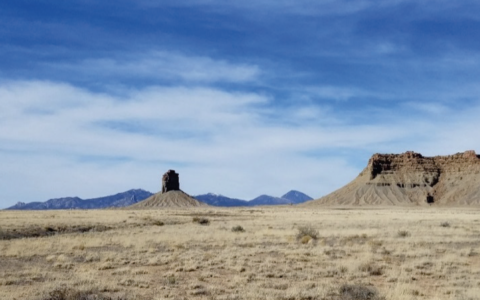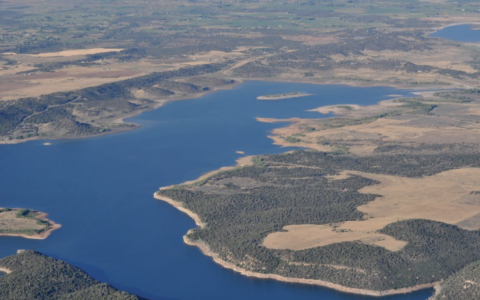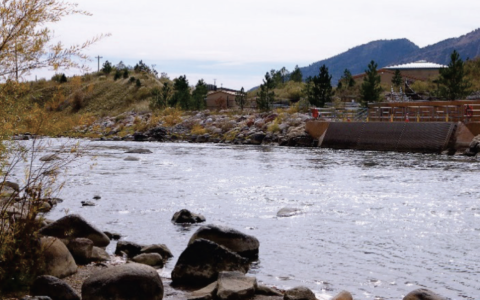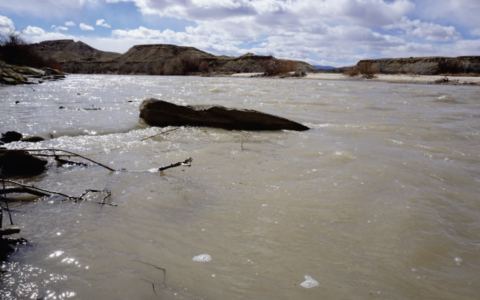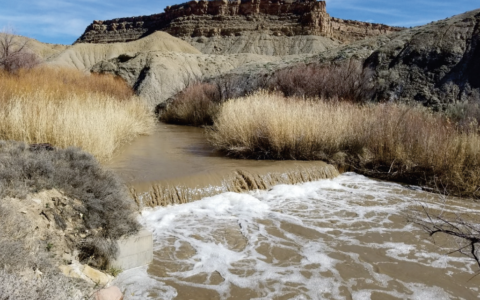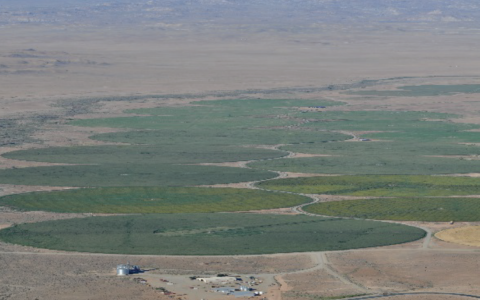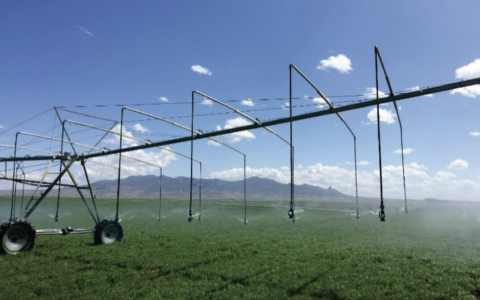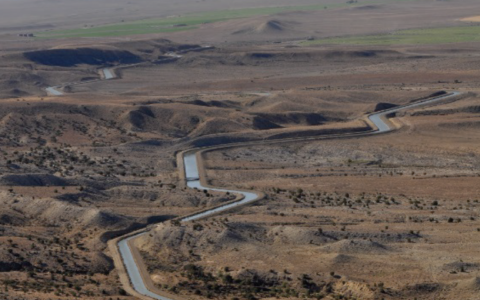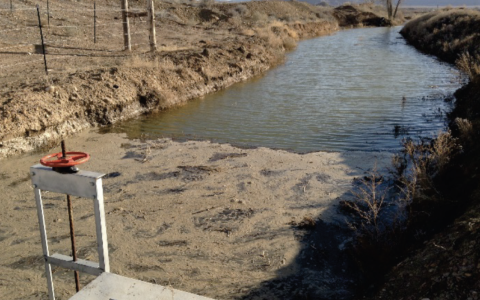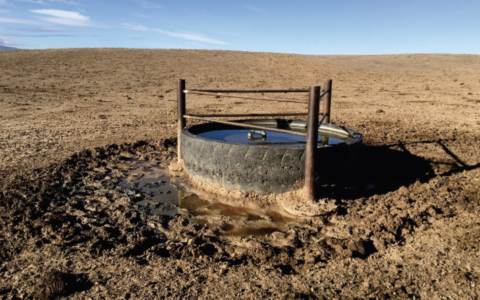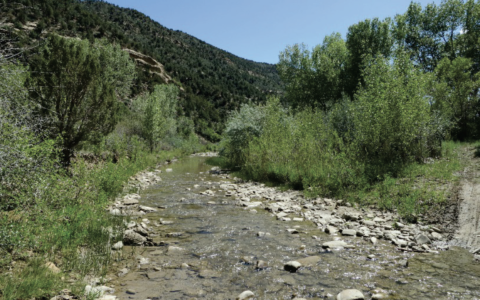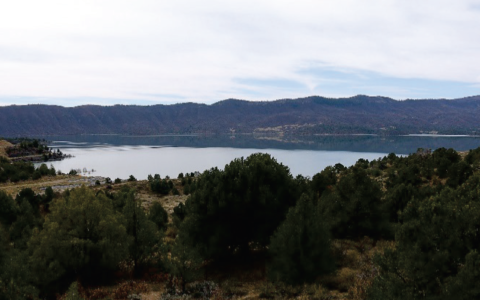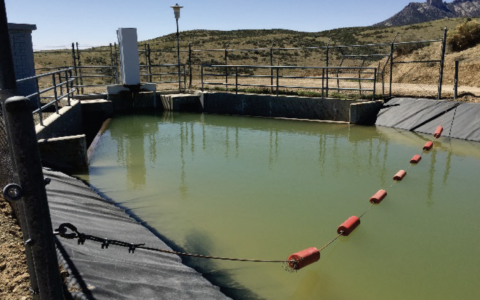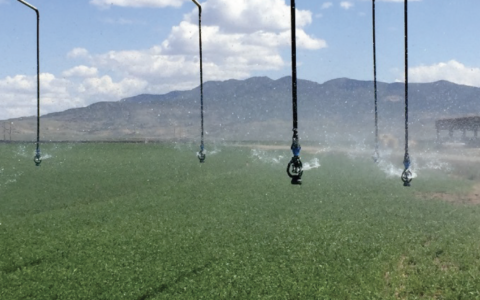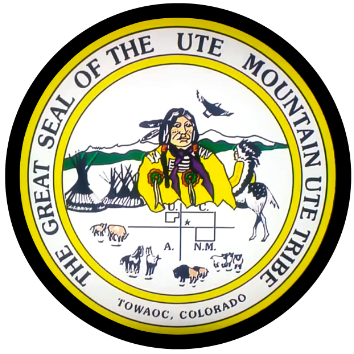
Ute Mountain Ute Tribe
Ute Mountain Ute Tribe
The Ute Mountain Ute Tribe’s Reservation of approximately 900 square miles (600,000 acres) lies in southwest Colorado, southeast Utah and northwest New Mexico. Towaoc, Colorado is the main tribal population center and the location of the tribal headquarters. The Tribe’s current enrollment is approximately 2,100 members with the current population on the Colorado portion of the Reservation at approximately 1,700 residents, most of whom are enrolled members of the Tribe. Approximately 350 tribal members reside on the Utah Reservation in the community of White Mesa.
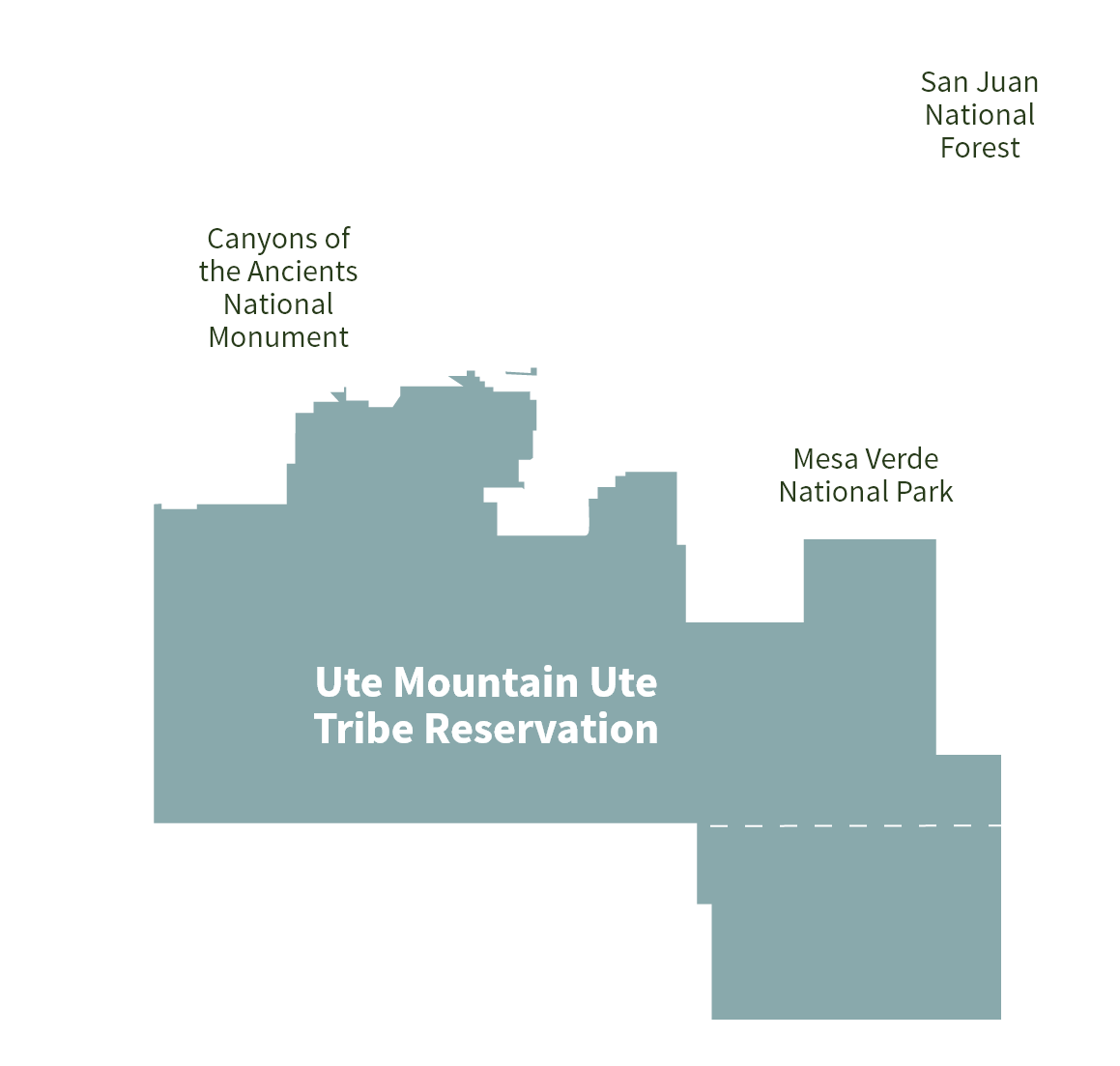
Historical Use of Water
The Ute Mountain Ute Tribe, comprised of the Weenuche band of Utes, historically occupied the La Plata and San Miguel mountain regions along the various northern tributaries of the San Juan River. The Weenuche were a hunter-gatherer society that moved with the seasons. In the spring and summer months, the Weenuche would follow wild game and seek additional water sources in the mountains. In the fall, they would travel from the higher mountain elevations to the warmer regions of southwest Colorado, northwestern New Mexico, and southeastern Utah for the duration of winter.
West of the Colorado portion of the Reservation, a separate group of the Tribe settled in Montezuma Creek, Allen Canyon, and other drainages of the Abajo Mountains in southeastern Utah. These smaller bands intermarried with Paiute Indians and some eventually took up farming on individual and tribal allotments. Like their Colorado counterpart, without adequate irrigation, these Utah lands were not well-suited for cultivation. Today, most of those tribal members have settled in the community of White Mesa, Utah. With the challenges posed by scarce water resources and non-fertile lands, many of the tribal members in each state largely took up ranching and stock raising of sheep, cattle and horses. Seasonal movements of the Tribe were then dictated by the need to find suitable grazing land in the high mesas and water, usually in canyons and nearby springs, washes or wells. The UMUT and individual tribal members still continue to raise livestock, including bison, within the rugged terrain of their Reservation and their off-Reservation Ranches.
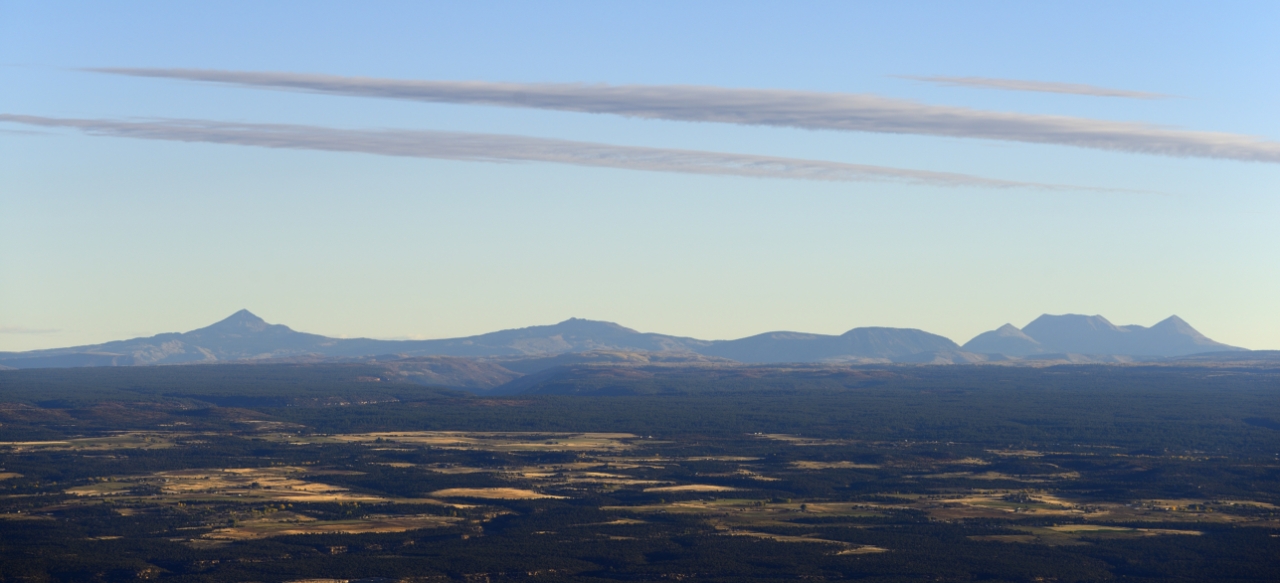
Cultural Significance
Water also plays a central role in the cultural practices of the Tribe and its relationship to the natural world. Water brings life, sustenance, and is a tool of blessing and prayer for the Tribe. Each year in the spring the Tribe hosts the Bear Dance in Towaoc, and in the White Mesa community during the summer. The Bear Dance is a social gathering and a personal endurance milestone of individuals of the Tribe, including their friends and relatives from the Southern Ute Indian Tribe and the Ute Indian Tribe. Because water is held in reverence and is critical to traditional ceremonies, water quality is also highly important to the cultural practices of the Tribe. Therefore, it is necessary for the water to be of pristine quality in order for healing and sustenance to occur and to provide the participants with the necessary mindset in practicing their traditions.
